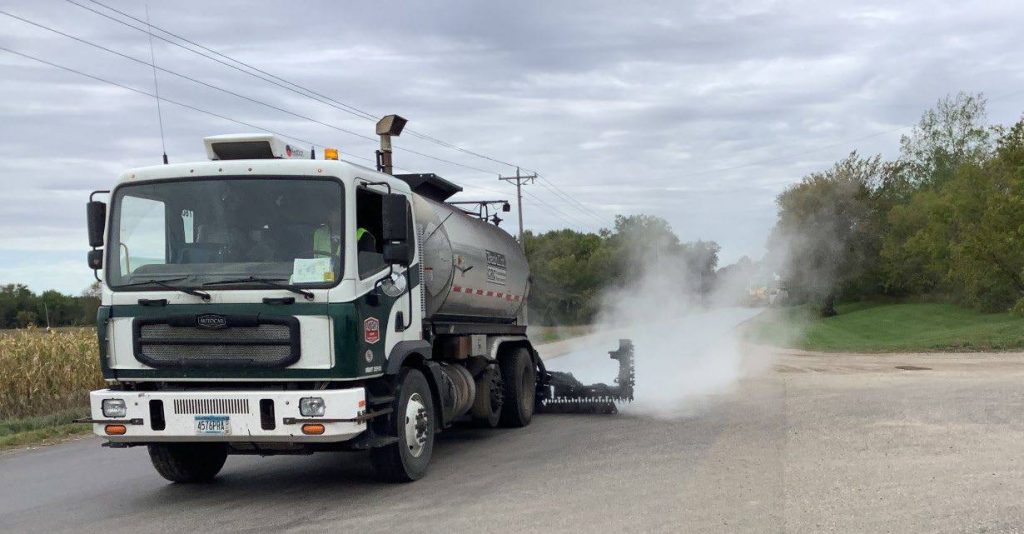
The Minnesota Local Road Research Board (LRRB) developed a best practices manual that will help local agencies improve the chip seal experience. While chip sealing is frequently used by some agencies to fill small cracks and generally improve pavement conditions, it can result in loose, small stones that can damage windshields and be tracked back to driveways, yards and homes. Applying an additional product—a fog seal—shortly after chip sealing may alleviate many of these concerns and extend pavement life.
The goal of the project was to explore the cost-effectiveness of fog sealing over chip sealed roads, the ability of fog sealing to improve chip retention and fog sealing application methods.
Investigators interviewed city and county transportation agencies to understand their experiences with chip seal and fog seal. They also analyzed the costs and benefits of using fog seal and found that the additional pavement protection could be achieved at a relatively small cost.
The agencies reported a reduction in loose rocks and needed maintenance, including street sweeping. Public comments indicated a fog-sealed road was more aesthetically pleasing, looking like new pavement and improving the visibility of street markings. Though chip seal is only appropriate for certain road types, including residential streets, agencies choosing to use it can add fog seal for improved pavement conditions and public satisfaction.
The best practices manual is available in chapter 3 of the final report. It includes considerations to determine if fog sealing is an appropriate choice for a specific road and if it is cost-effective.